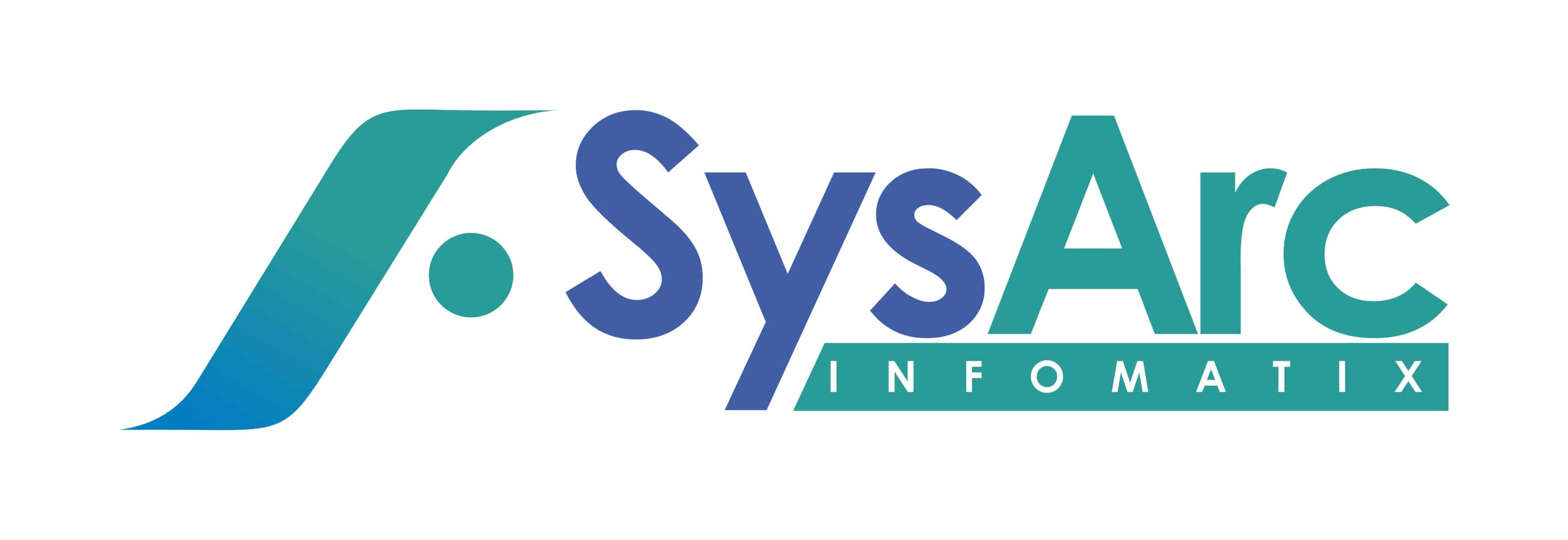Prioritizing customer centricity for a better marketing and sales strategy
Customers are critical assets to any business entity. Before recent times, lending institutions focused on building better relationships with their customers. The customers, in turn, relied on these firms for sound financial advice before making any investment, purchase or debt-related decisions. With the rapid evolution in the sector in recent years, lenders have overlooked this objective of customer centricity for favor of an increased number of applications processed in their loan origination system (LOS).
A return to a more customer-centric business model may be of great advantage to these players-
- Customer Retention: Study by 2018 Kantar states that banks that lead in customer experience index have 9 times higher recommendation rate than the other banks. These customers are 2.1 times more willing to take up new products or services from banks.
Unlike the objectivity of measuring the number of applications processed in the LOS, customer centricity cannot be measured purely in terms of value, but through a long term relationship with each patron. Consistent efforts to improve customer experience help build brand loyalty and ensure ‘customers for life’.
- Competitive Edge: With rising competition in the financial industry, the ability to compete based on unique competitive offerings has become difficult. Deploying an efficient customer-centric model enables the lenders to constantly better themselves in accordance to changing market trends and customer preferences. In turn, this help them maintain and increase competitive advantages in the market.
- ‘Just in time’ Selling: Data analytics play an important role in a customer-centric business model. The use of data analytics in a banking sector can improve the knowledge on customer needs and wants, based on which the firm can approach them with the right product or service at the right time.
- Frictionless Customer Experience: By building a strong communication channel with customers, lenders are constantly supplied with detailed information on challenges or difficulties faced before and during the use of the product or service. This helps financial institutions identify and analyse the complexities in their supply chain. With the right system in place, financial firms may modify loan products or processes for the end customer, enriching and adding value to their customer experience and journey in the process.
- Easier Cross-selling and Up-selling: Traditionally, the intensity of customer-bank communication declines steeply subsequent to loan acquisition. Maintaining consistent interactions with the customer and keeping them informed about additional products and services helps effortless cross-selling and up-selling efforts. Consistent and purposeful communication brings the customer back for more.
Deloitte’s consumer survey revealed that customer satisfaction is based on 4 crucial elements: Safety, Value, Service, and Convenience. After the global financial crisis of 2008, customer orientation has become an important factor in every business sector, specifically lending. After facing this crisis period, customers became more price-sensitive and cautious about their choice of banking brand for financial products and services. Hence, a strategic move from a product-centric model to a customer-centric model will help lending institutions achieve harmony between customer satisfaction and business growth in any economic cycle.
These strategies will transform customers into trusted brand advocates and further bolster the development of financial institutions.

